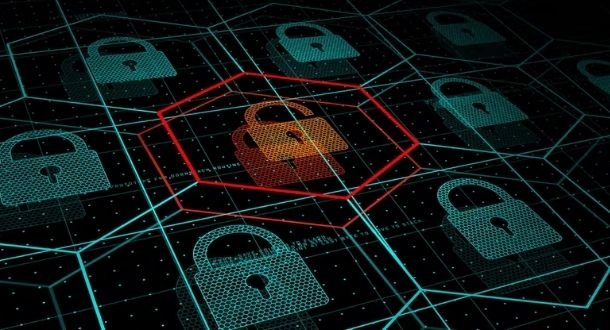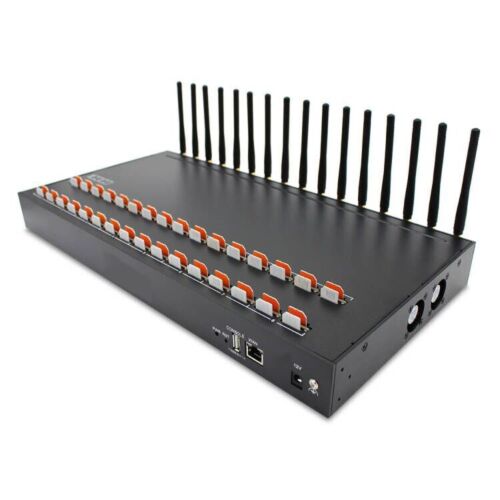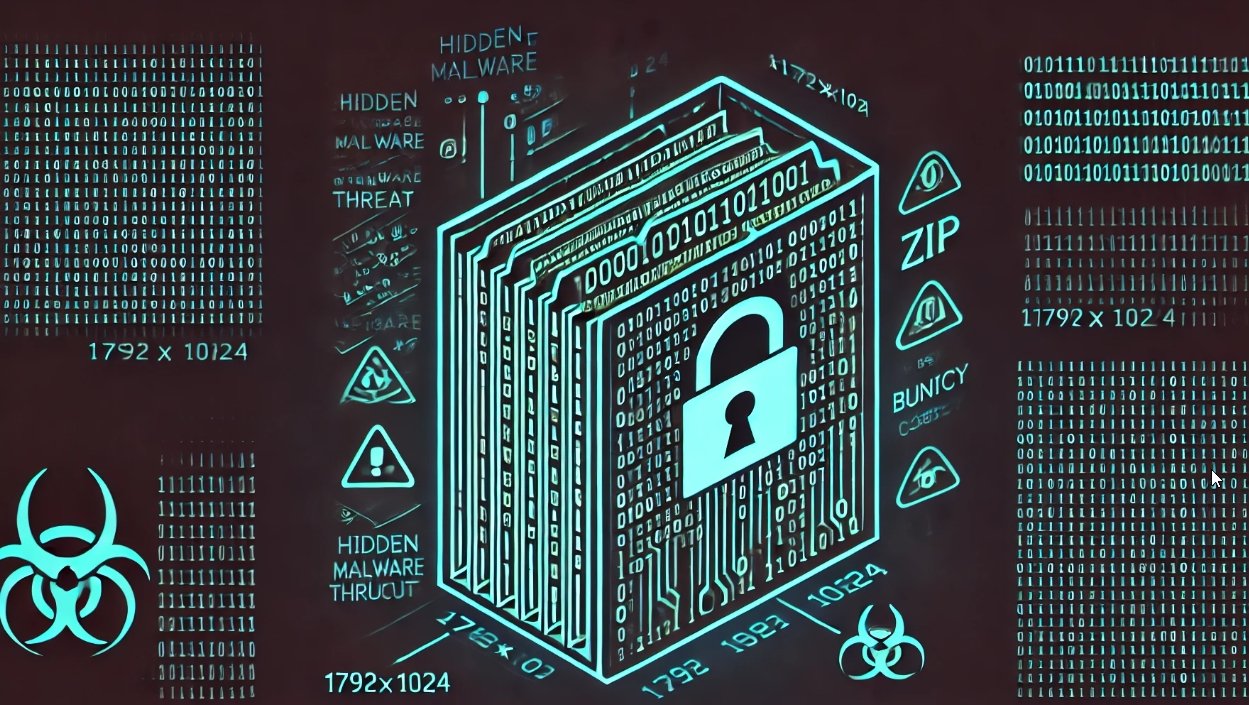
When you go online today, your personal information is at risk. It’s not just identity theft – it can be anything from a hacker stealing your bank account number to a company that uses the data for advertising or even an individual who stalks you.
Here are ten critical steps you can take to safeguard yourself online:
1. Verify that your operating system is up to date.
One of the most important things you can do to keep your computer safe is to ensure that your operating system and software are updated with the latest security patches. New vulnerabilities are constantly being discovered, and if you’re not running the latest versions of your software, you could be leaving yourself open to attack.
2. Use a strong password and never reuse passwords.
Another critical step to block malware browser hijacking is to use strong, unique passwords. A strong password should contain lower- and upper-case letters, numbers, and symbols in a mix. It should be at least eight characters long. It would help if you never reuse passwords across different accounts as well.
3. Use a reputable antivirus program and scan regularly.
Antivirus software is designed to protect your computer from malware, and it’s an essential part of your security setup. Make sure you’re using a reputable program and that you keep it up to date with the latest virus definitions. Don’t forget to scan your computer regularly – even if you don’t think you have any malware, it’s always a good idea to check.
4. Enable two-factor authentication
Two-factor authentication is an extra layer of security that you can use on many online accounts. It typically involves receiving a code via text message or email when you try to log in and your regular password. This makes it much more difficult for someone to access your account, even if they know your password.
5. Be careful what you click on
One of the most common ways malware is spread is by tricking users into clicking on malicious links or attachments. Even if it’s from someone you know, be wary of what you click on. If you’re not expecting a file, don’t download it. If you’re not sure about a link, hover over it to see where it takes you before clicking.
6. Be careful what you post online.
You should also be concerned about what you put on the internet. Even if your privacy settings are set to “friends only,” there’s always a chance someone could see something they shouldn’t. So think twice before posting anything that could be used against you, like your home address or phone number.
7. Don’t use public Wi-Fi.
If you’re using a public Wi-Fi network, be aware that it is relatively easy for someone else on the network to snoop on your traffic and even steal your sensitive data. So avoid doing things like banking or shopping online while using public Wi-Fi.
8. Encrypt your data
If you’re concerned about someone snooping on your traffic or stealing your data, you can encrypt it. There are many different ways to do this, but one of the most effective is to use a Virtual Private Network (VPN). A VPN encrypts all traffic between your computer and the VPN server, making it much more difficult for someone to intercept or steal your data.
8. Use secure websites
When you’re banking or shopping online, make sure you’re using a secure website. You can tell if a website is secured if the URL starts with “https” and a lock icon is next to it. This means that the website uses SSL/TLS to encrypt your data.
9. Backup your data
One of the most important things you can do to protect your data is to make sure you have a backup. If your computer is lost, stolen, or damaged, you’ll be glad you have a backup. There are several options for backing up your data, so find one that works best for you.
10. Use common sense
Finally, one of the most important things you can do to protect yourself online is to use common sense. Be suspicious of unsolicited emails and never give out personal information unless you’re sure it’s going to a reputable source. Believe in your instincts – if something doesn’t feel right, it probably isn’t.
Following these ten critical steps will help you protect yourself from the many online dangers.
It’s also important to remember that no security measure is 100% effective. So stay vigilant and keep your wits about you, and you’ll be much less likely to fall victim to an online attack.

Working as a cyber security solutions architect, Alisa focuses on application and network security. Before joining us she held a cyber security researcher positions within a variety of cyber security start-ups. She also experience in different industry domains like finance, healthcare and consumer products.










